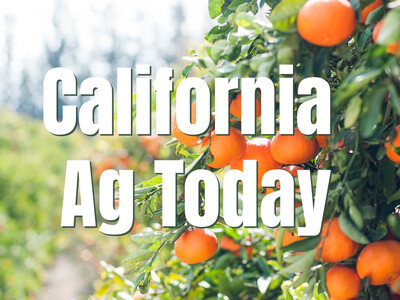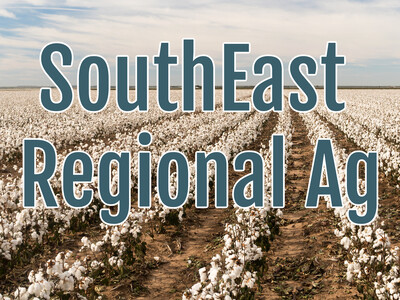The Limitations of Vertical Farms

Tim Hammerich
News Reporter
There are a lot of reasons to be excited about the idea of vertical farming. More food per square foot grown close to the consumer. But the two ways it’s being done currently, in shipping containers or large industrial warehouses, both have limitations. AgriPlay president Dan Houston says while the industry is still new, the innovation in the space hasn’t iterated fast enough.
Houston… “You know, typically they produce lettuce or leafy greens of some kind. Maybe a one off model crop, you know, like a tomatoes or what have you. But the problem with those is, again, they're in closing a large area. And even though they're vertically stacking, they're limited in the land use that they have. So if, for example, you want to expand that facility because it's doing really well. You are very likely not to have extra space around your facility. So now you're forced to scale up by a larger module then you would normally. That forces you to do one of two things: have multiple large facilities in the same area, and then you're a larger distribution network, or you're basically going to oversize your facility to futureproof you're export, but then you're risking what you're doing. And it's hugely capital expensive.”
Houston and his team at AgriPlay are focused on more modular units that can snap into and out of commercial real estate.












